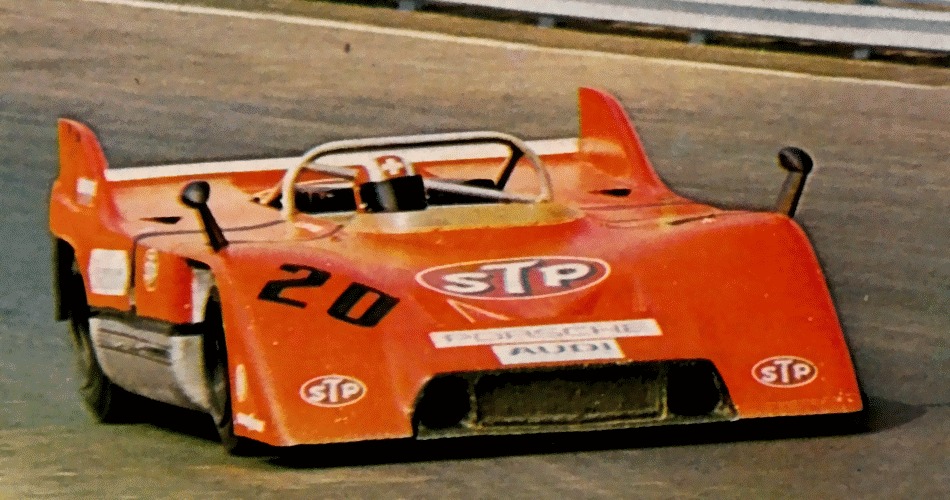Porsche 917/30
McLaren, seeing the futility of going up against the might of the Porsche Can-Am effort without a turb-charged engine of their own decided to drop out of the Can-Am series.
The Porsche 917/30 was a derivative of the 917/10 and it was the first real turbocharged racing car developed to compete in the Can-Am series. McLaren had dominated for a number of years with big V8s and Porsche made the commitment to go forward with a full aerodynamic race car that had lots of downforce – and to use a turbocharged engine that would produce more than 1200 horsepower. The driver had a control knob that enabled him to add boost as he wished. We went to Porsche’s test centre at Weissach in 1972 and at the time there were no buildings. They had just built the track and we ran the 917/10. I watched that car test for half a day and there was a tremendous amount of throttle lag. Porsche worked on that steadily to improve the lag with the evolution of turbos and wastegates. When we took the 917/30 to its first race at Mosport in 1973, we had a tremendously competitive piece of machinery and Mark Donohue went on to dominate that year’s Can-Am series. We set a closed course world record with that car and Mark Donohue drove it to many victories and the Can-Am championship in 1973. The execution of that by Porsche, Donohue and our team was outstanding. – Roger Penske
No Subscription? You’re missing out
Get immediate ad-free access to all our premium content.
Get Started



